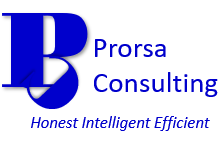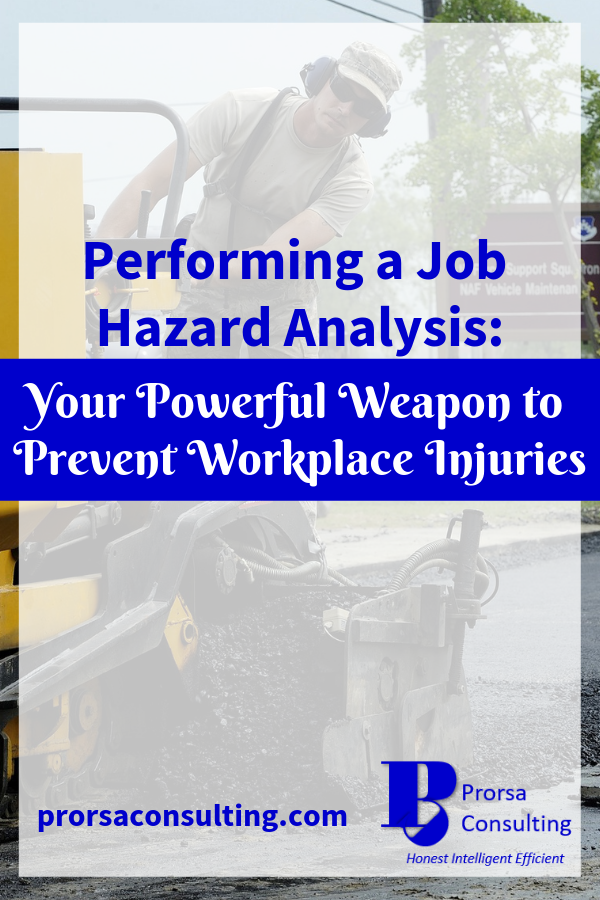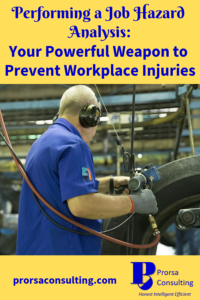Performing a Job Hazard Analysis: Your Powerful Weapon to Prevent Workplace Injuries
By : Admin -
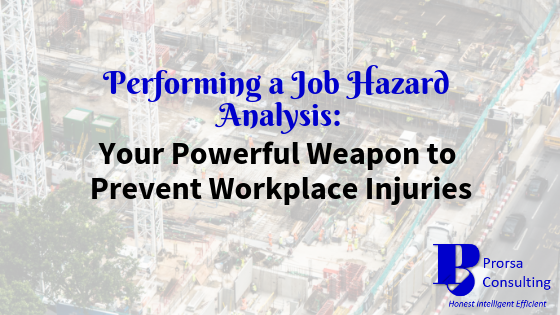
Performing a job hazard analysis (JHA) should hold a high level of importance for employees. Job hazard analyses aid workers to prevent workplace injuries and property damage. By driving the identification and mitigation of workplace hazards, job hazard analyses serve as a powerful safeguard for a site’s workforce.
These assessments have long claimed a fundamental role in incident prevention programs. However, many organizations just don’t use them on a consistent basis. As such, this post will focus on the whys and hows for performing a job hazard analysis.
Disclaimer: Please be aware that this blog post may contain affiliate links and any purchases made through such links will result in a small commission for Prorsa Consulting (at no extra cost for you). Feel free to visit our Disclosure of Material Connection page for more information.
Performing a Job Hazard Analysis Why 1 – Prevention of Workplace Incidents
Incidents occur when workers don’t have the proper focus, equipment & tools, site conditions, or knowledge to perform a task successfully.
Job hazard analyses address all these items through a standardized process.
This makes conducting a job hazard analysis an excellent tool to prevent workplace incidents.
Performing a Job Hazard Analysis Why 2 – Identification and Mitigation of Workplace Hazards
In order to efficiently prevent incidents, you must know what hazards may present themselves where, and how to deal with them effectively.
Proper job hazard analysis techniques require a hazard identification and determination of controls. As these determinations are done on a step-by-step basis, you can deal with each piece of equipment, tool, and/or dangerous site condition specifically.
Moreover, conducting a job hazard analysis provides an opportunity for proactiveness prior to beginning work rather than reactiveness after an incident occurs. This is what incident prevention is all about.
Performing a Job Hazard Analysis Why 3 – Development of Proper Work Procedures, Practices, & Training
Proper work procedures & practices form an essential part of any strong incident prevention program. They serve as blueprints for the safe execution of tasks and help to ensure standardized approaches.
Consequently, job hazard analysis constitutes an excellent way to document new and/or non-routine tasks to start the work procedure development process.
Additionally, the analyses can be utilized to identify and document necessary updates to existing procedures.
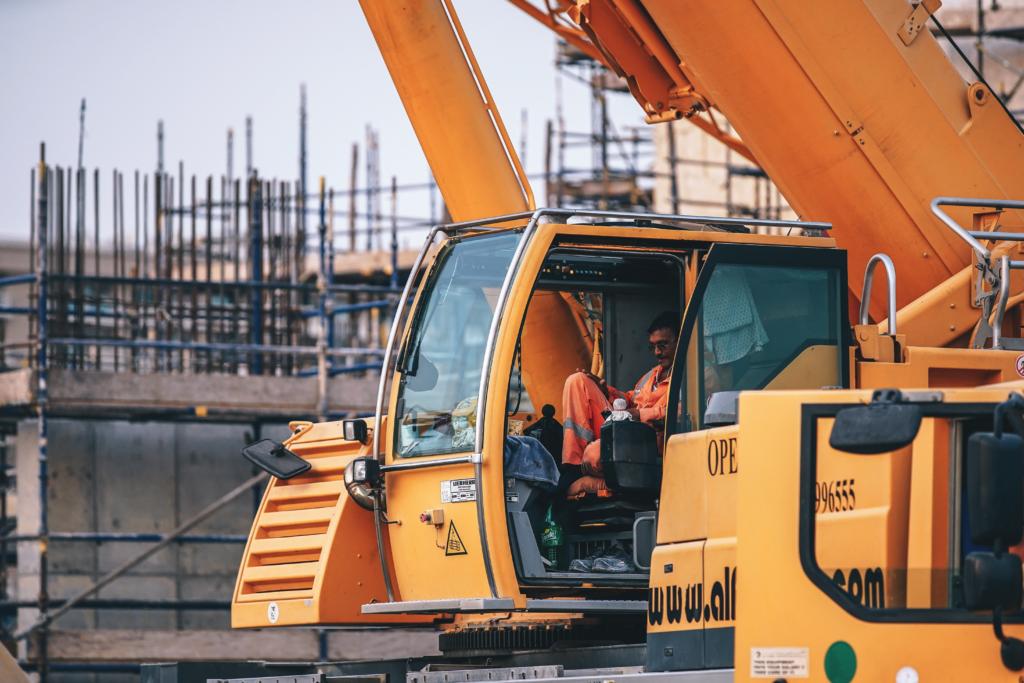
Image credit: By Fancycrave on Unsplash.com.
Performing a Job Hazard Analysis Why 4 – Worker Training Support
Another piece integral to incident prevention is adequate employee knowledge of assigned tasks through previous experience or proper training.
Workers can’t appropriately execute jobs they don’t know the associated work steps, the dangers involved, or how to protect themselves.
Job hazard analysis techniques can help provide a vehicle to initiate or reinforce worker training.
In addition, a job hazard analysis when utilized properly gets the workers involved to identify all the items necessary to perform tasks safely and successfully.
Performing a Job Hazard Analysis How 1 – Garner Employee Engagement
The most robust job hazard analysis processes mandate the participation of employees. Why? Workers know their assigned tasks and work areas best.
Also, job hazard analyses created without worker input can go unutilized. As a result, they may fail to add value.
So, don’t leave employees out of the job hazard analysis process. Workers’ participation will make for quality job hazard analyses and encourage increased ownership of safety.
Performing a Job Hazard Analysis How 2 – Identify Tasks Associated with the Job
Most job hazard analysis techniques begin with task identification.
This process step details all the pertinent information associated with the actions needed to complete a job.
Along with the step-by-step actions needed to finish a job, items such as work location, associated equipment, and tools utilized should be included as part of the task identification.
Safety Department of One: Tips to Managing EHS Program Success with Limited Time and Resources
from: Online Compliance Panel
Performing a Job Hazard Analysis How 3 – Identify Hazards Associated with Each Task
The hazard identification comes next in the job hazard analysis process.
During the hazard identification, participants determine all the potential dangers associated with each of the previously identified tasks.
One of the best ways to start the hazard identification entails asking questions similar to the ones below:
- What can potentially go wrong, i.e. present a hazard?
- How could the hazard get triggered?
- What would be the consequences if something did go wrong?
- What other items may impact the situation?
- How likely is the hazard to occur, i.e. what’s the risk?
Performing a Job Hazard Analysis How 4 – Determine Controls for Identified Hazards
Last but not least, hazard controls must be chosen and implemented for each hazard identified.
During this process step, participants must determine how best to mitigate the found hazards.
The chosen mitigation actions, when implemented, form the basis of the incident prevention strategies for any particular job.
The Hierarchy of Controls should be used when assessing hazard controls. As such, participants need to consider the following items in order when conducting a job hazard analysis:
- Elimination of the hazard;
- Substitution of the hazard;
- Engineering controls that physically keep individuals from hazards;
- Administrative controls to modify how employees work;
- Personal protective equipment to protect workers from hazards.
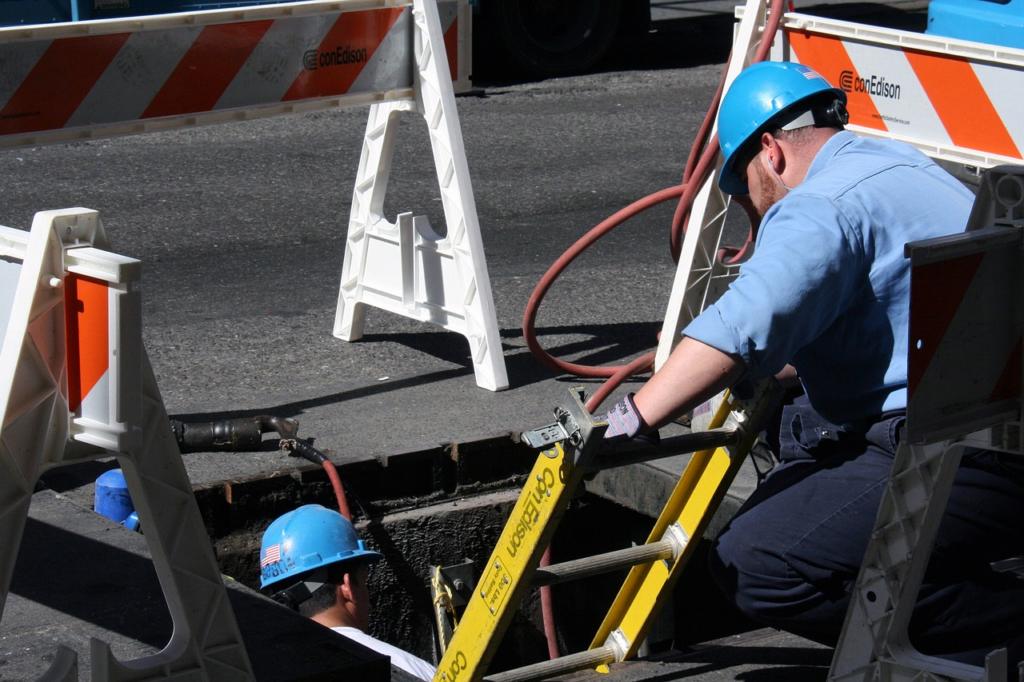
Image credit: By Ncpancy at Pixabay.com.
Performing a Job Hazard Analysis – Additional Components
Agreement of Participants
Job hazard analysis success strongly depends on participants finding agreement at each process step.
This ensures all tasks, hazards, and controls associated with a job get properly addressed.
Documentation
Another key ingredient essential for a strong job hazard analysis process is documentation.
Recording the job hazard analysis preserves the information for future use.
Also, It helps make certain all parts of the analysis get completed.
A standard template serves as a useful tool when conducting a job hazard analysis.
Periodic Reviews
Periodic reviews of job hazard analyses keep them current and relevant.
Moreover, reviews provide opportunities for future improvement of existing analyses, continuing the focus on incident prevention.
Additionally, job hazard analysis reviews give chances to evaluate them for possible conversion into standard operating procedures.
Training Integration
As with all other elements of a stellar safety management program, job hazard analysis techniques and content must be integrated into worker training.
As such, job hazard analyses should be covered with employees upon:
- Hire, rehire, or reassignment, as applicable;
- Initial job hazard analysis creation; and
- Modification or update of a job hazard analysis.
Furthermore, contractors and vendors should be made aware of the job hazard analyses affecting their activities, as necessary.
Other Interesting Posts for You
Robust Personal Risk Assessment in 4 Powerful Acts
Protect Your Hands at Work Before It Even Becomes an Issue
Firm Up COVID-19 Workplace Best Practices for Continued Safe Operation
Worker Participation in Safety Management: Strategies to Boost Engagement
Risky Workplace Safety Compliance Mistakes to Recognize and Fix Before It’s Too Late
Final Thoughts
Job hazard analyses can prevent incidents when implemented consistently as a standard practice.
Additionally, they serve as an important part of standardized task execution while incorporating excellent hazard identification & mitigation.
As such, job hazard analyses help to build a firm foundation for any health & safety program.
Prorsa Consulting prides itself on offering Honest Efficient Intelligent environmental and safety services to help businesses discover and reach their EHS goals.
You can find more information concerning our offerings on the Services page. Feel free to email contact@prorsaconsulting.com with questions.
We encourage your feedback on this blog’s content. Be sure to like and/or share below. You can also give us your feedback via our Contact Us page.
Don’t forget to follow Prorsa Consulting on LinkedIn, Pinterest, and Twitter!
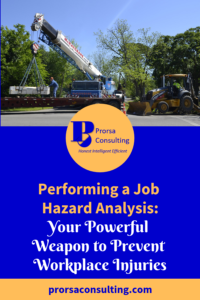
How would you like to access to a Job Hazard Analysis Template to use at your site along with exclusive EHS updates & info from Prorsa Consulting? Just signup for the Prorsa Consulting Newsletter below. You’ll get access to our Free Resources area and all the tools, templates, and presentations in the library, including a free Job Hazard Analysis template. Subscribe today!
